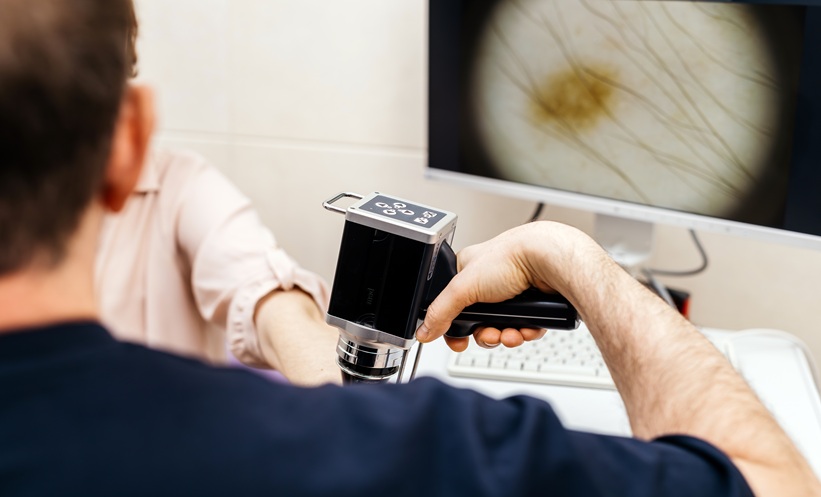SKIN CANCER is one of the most common malignancies, originating in the epidermis and strongly linked to excessive ultraviolet exposure from sunlight or tanning beds. In 2023 the United States recorded over 97,000 new cases and around 8,000 deaths, emphasising the global health burden.
Melanoma, the most aggressive subtype, metastasises rapidly and causes thousands of deaths annually; early detection is critical, with five-year relative survival about 92% when caught early. Clinical examination is limited by visual similarity between benign and malignant lesions and imperfect diagnostic accuracy.
Dermoscopy has improved performance by magnifying structures and enhancing lesion visualisation, raising accuracy to about 89% and delivering high sensitivities for melanocytic lesions, basal cell carcinoma and squamous cell carcinoma. Nonetheless, early melanomas with subtle features remain hard to identify, driving development of computer-aided diagnosis systems to support clinicians.
CAD frameworks typically include image acquisition, pre-processing, segmentation, feature extraction and classification. Dermoscopic images are enhanced through contrast adjustment and artefact suppression, while segmentation isolates lesion borders — a key step because classification features are taken from segmented regions. Segmentation is difficult due to variations in colour, texture, size and low contrast, as well as occluding artefacts such as hair, ruler marks or air bubbles.
Deep learning, particularly convolutional neural networks, has transformed image analysis by learning hierarchical representations that capture local detail and global context, outperforming handcrafted features. The present study introduces Skin-DeepNet, a fast, fully automated system for skin lesion classification that combines several innovations. Adaptive Gamma Correction with Weighting Distribution enhances contrast; a morphological hair-removal algorithm with inpainting cleans images; Mask R-CNN combined with GrabCut yields robust segmentation; and an HRNet backbone with attention extracts multi-scale features.
A dual-pathway strategy feeds enhanced representations into complementary classifiers — a deep belief network and a discriminative restricted Boltzmann machine — with decision fusion via boosting and stacking (including XGBoost and ensemble models). Evaluated on ISIC-2019 and HAM10000 datasets, Skin-DeepNet achieved excellent metrics across accuracy, recall, F1 and AUC. These promising results support user-centred tool development and large clinical trials to establish real-world effectiveness and safely integrate AI into dermatology practice and improve outcomes meaningfully.
Reference
Al-Waisy AS et al. A deep learning framework for automated early diagnosis and classification of skin cancer lesions in dermoscopy images. Sci Rep. 2025;15(1):31234.








